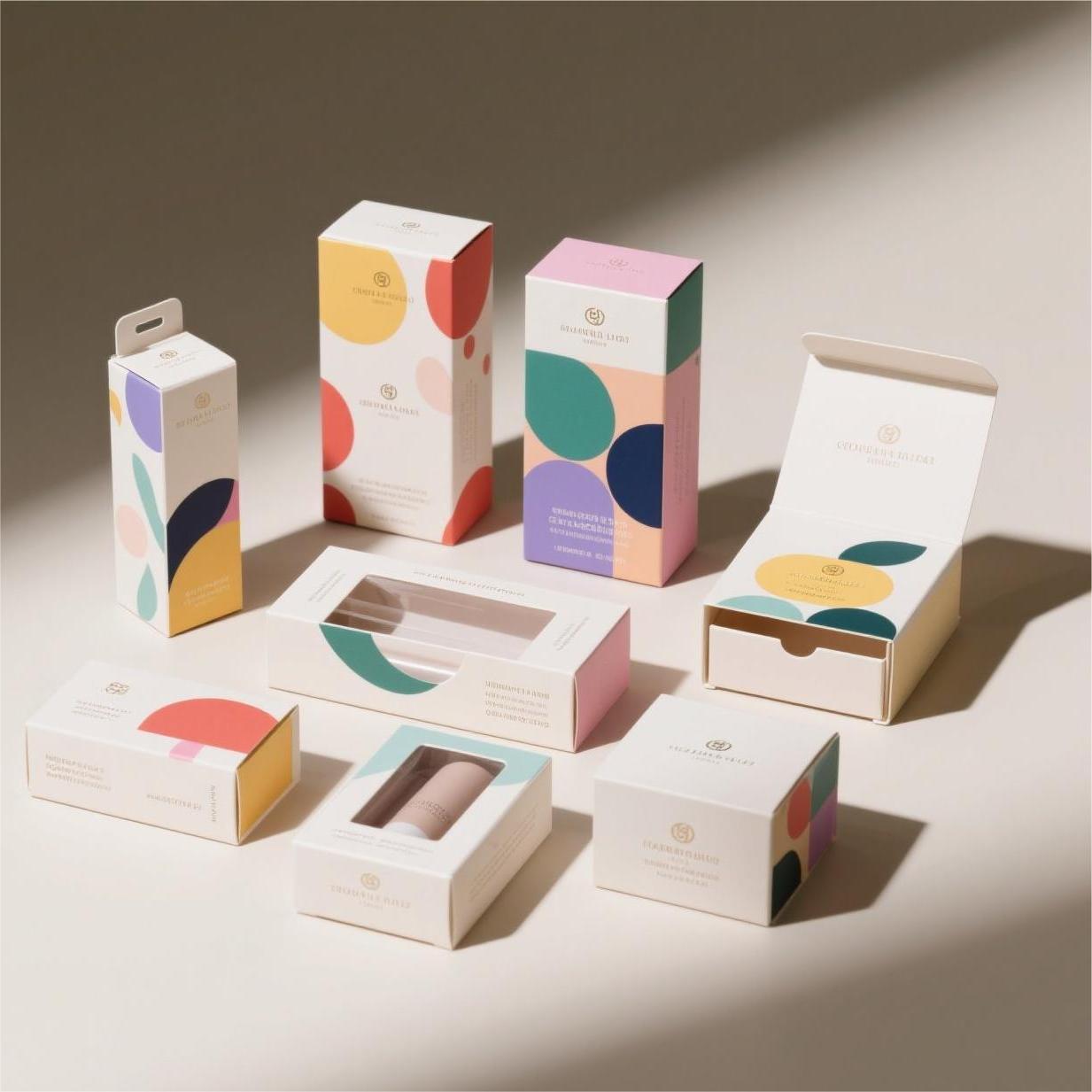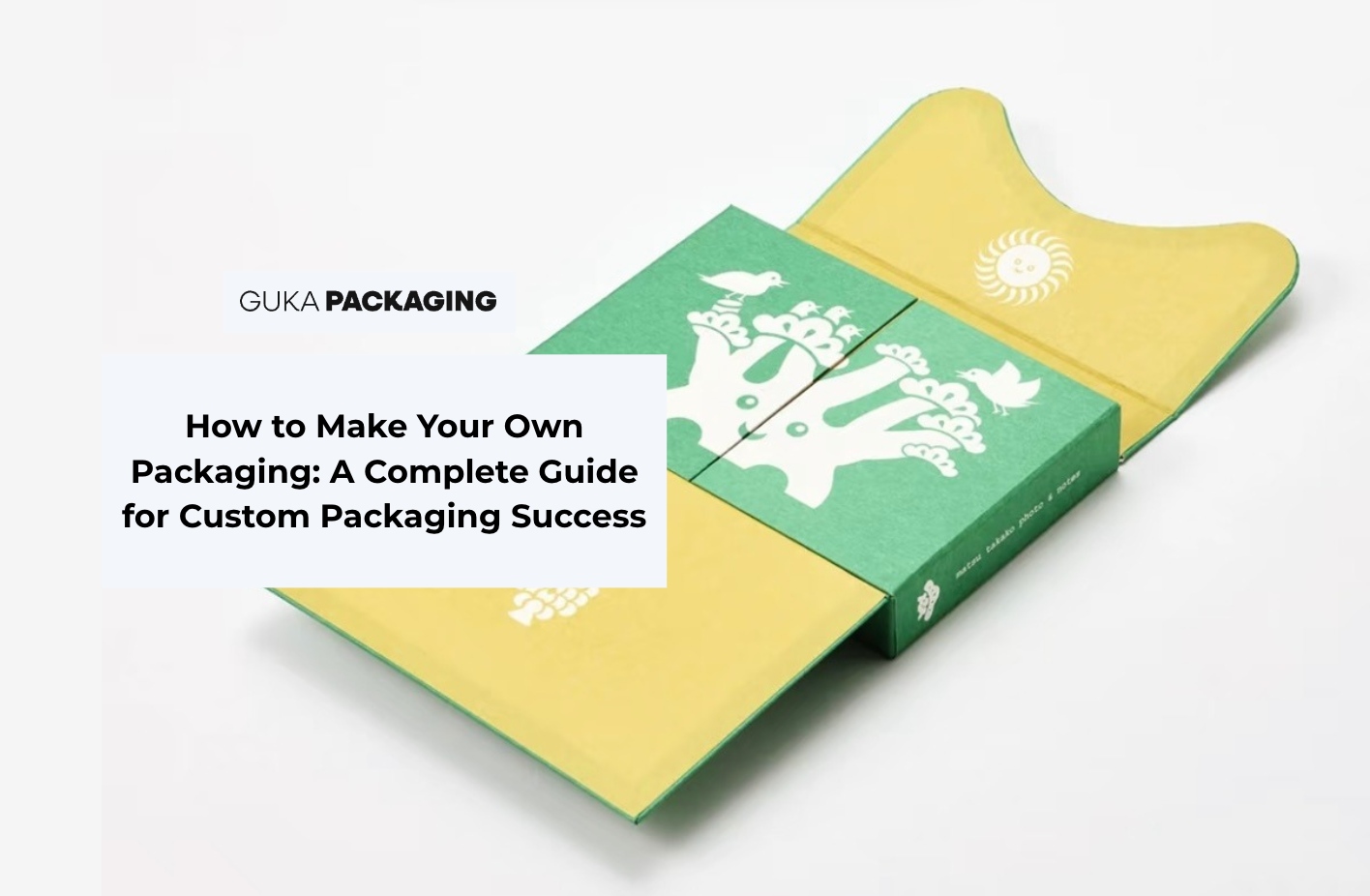10 Types of Packaging Liners and Their Application Analysis
Discover 10 packaging liners and their applications! Click to analyze materials and find the perfect fit for your industry needs.
Contact Us now
Table of content

Ready to Elevate Your Brand with 100% Custom Box & Bag Solutions?
Get a Free QuoteIn modern packaging design, liners play a crucial role. Whether for product protection or enhancing the packaging's quality, suitable liner materials can effectively enhance the overall value of the product and the user experience. This article will introduce ten common liner materials in packaging and their application scenarios, helping you make the best decision when choosing packaging materials.
Types of Packaging Liners
1. Cardboard Inserts
Cardboard inserts are a common cushioning material in packaging, offering both aesthetic appeal and cost savings. They are especially suitable for food packaging. For example, in mooncake box packaging, gold and silver cardboard are often used for their high-quality feel and visual impact. It is generally recommended to choose cardboard weighing over 50g to ensure sufficient toughness and durability.
Application Fields: Packaging for food items such as mooncakes, chocolates, and candies.
Advantages: Cost-effective, aesthetically pleasing, and easy to print.

2. Corrugated Paper Inserts
Corrugated paper inner trays are made through die-cutting, creasing, and box gluing processes. As one of the most widely used packaging materials, corrugated paper inner trays provide excellent product protection and facilitate storage and transportation. Corrugated paper is also an eco-friendly product, suitable for packaging heavier items such as electronics and home appliances.
Application Areas: Home appliances, electronic products, heavy items.
Advantages: Environmentally friendly, high strength, suitable for heavy packaging.

3. Cardboard
Cardboard is a thick paper sheet made of interwoven fibers, which has strong compressive strength. In high-end packaging, cardboard is often covered with a layer of exquisite outer paper to make it look more luxurious. Cardboard is frequently used in gift box packaging to enhance the overall visual effect and tactile experience.
Application Fields: High-end gift boxes, luxury packaging.
Advantages: High compressive strength, premium texture, customizable appearance.

4. Expanded Polystyrene (EPS)
Polyfoam, also known as expanded polystyrene (EPS), is commonly used for packaging electronic products and fragile items due to its lightweight and excellent cushioning properties. It has different names in various regions: it is called foam in mainland China, foamed adhesive in Hong Kong, and Polyfoam in Taiwan. Polyfoam is lightweight, has low transportation costs, and possesses good impact resistance.
Application areas: electronic products, household appliances, fragile items.
Advantages: Lightweight, excellent cushioning effect, convenient for transportation.
Additionally, when considering the overall packaging design, it’s important to explore printing packaging material options to enhance branding and communication. Integrating these materials can further elevate the presentation and protection of your products.

5. Raffia Grass
Raffia grass is a natural grass material imported from Madagascar in Africa. It is known for its strong toughness, eco-friendliness, and unique aesthetic appeal, making it commonly used for packaging exquisite gifts. It enhances the natural and upscale feel of the packaging and is widely used for packaging high-end products such as jewelry, skincare items, and tea
Application Fields: Fine products such as jewelry, skincare products, and tea.
Advantages: Environmentally friendly, aesthetically pleasing, and unique texture.

6. Blister Tray
A blister tray is a material formed by heating plastic sheets and then vacuum-forming them onto a mold to cool and set. The main advantage of blister trays is that they can be customized to fit the shape of the product, providing perfect protection. Therefore, they are widely used in the packaging of food, skincare products, health supplements, and pharmaceuticals.
Application Areas: Food, skincare products, pharmaceuticals, health supplements.
Advantages: Customizable shapes, strong protection, excellent visual effects.
Explore the applications of custom paper packaging can significantly improve your packaging strategy, helping your products stand out and meet customer expectations.

7. EPE Pearl Cotton
EPE pearl cotton is a new type of environmentally friendly packaging material that offers various functions such as waterproofing, moisture resistance, shock absorption, sound insulation, and thermal insulation. It has strong plasticity and good toughness, along with recyclable eco-friendly properties, making it suitable for packaging a variety of products. Compared to traditional foam materials, pearl cotton is lighter and has a higher impact resistance.
Application Fields: Electronic products, fragile items, household appliances.
Advantages: Eco-friendly, lightweight, strong impact resistance, waterproof, and moisture-resistant.

8. EVA Foam Liner
EVA foam liners are known for their excellent elasticity and low-temperature resistance, making them stand out from trendy packaging designs. EVA foam can be die-cut into any shape as needed and can be combined with velvet or paper to enhance the overall texture of the packaging.
Application fields: Luxury gift boxes, digital product packaging.
Advantages: Good elasticity, low-temperature resistance, customizable shapes.

9. Pulp Liner
Pulp liner is an eco-friendly material made from plant fibers, known for its strong impact resistance and cost-effectiveness. Although the texture of the pulp liner is somewhat rough, it provides good protection and is commonly used for packaging large fragile items and digital products.
Application Fields: Large fragile items, digital products, household goods.
Advantages: Low cost, environmentally friendly, strong impact resistance.

10. Sponge Lining
Sponge lining has a soft texture and offers good shock absorption and insulation properties. It is commonly used for packaging digital products, exquisite gifts, and children's toys. Due to its ability to be easily molded according to requirements, sponge lining is widely used in the packaging of complex products.
Application Fields: Digital products, gifts, children's toys.
Advantages: Shockproof, thermal insulation, soft and comfortable.

Start a Custom Box Project with GUKA Now!
Different packaging lining materials have distinct characteristics and uses. From economical cardboard inserts to high-end raffia grass, each material can provide appropriate protection and display effects based on the different needs of the product. By understanding the advantages and disadvantages of these materials, you can better choose suitable custom packaging boxes for your products, thus enhancing their market competitiveness and user satisfaction.
If you are struggling with choosing the right packaging materials, introducing the 10 types of packaging lining materials above will provide you with comprehensive references. Choosing the right packaging lining not only improves product protection but also enhances brand image, helping your product stand out in the market.
Recommended for you





.avif)
.avif)
.avif)
.avif)


.avif)
.avif)
.avif)
.avif)
.avif)
.avif)


.avif)
.avif)
.avif)
.avif)


.avif)
.avif)







